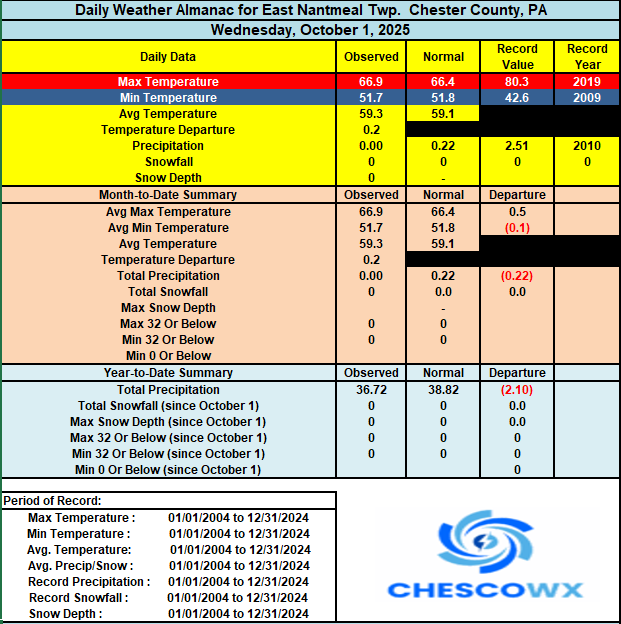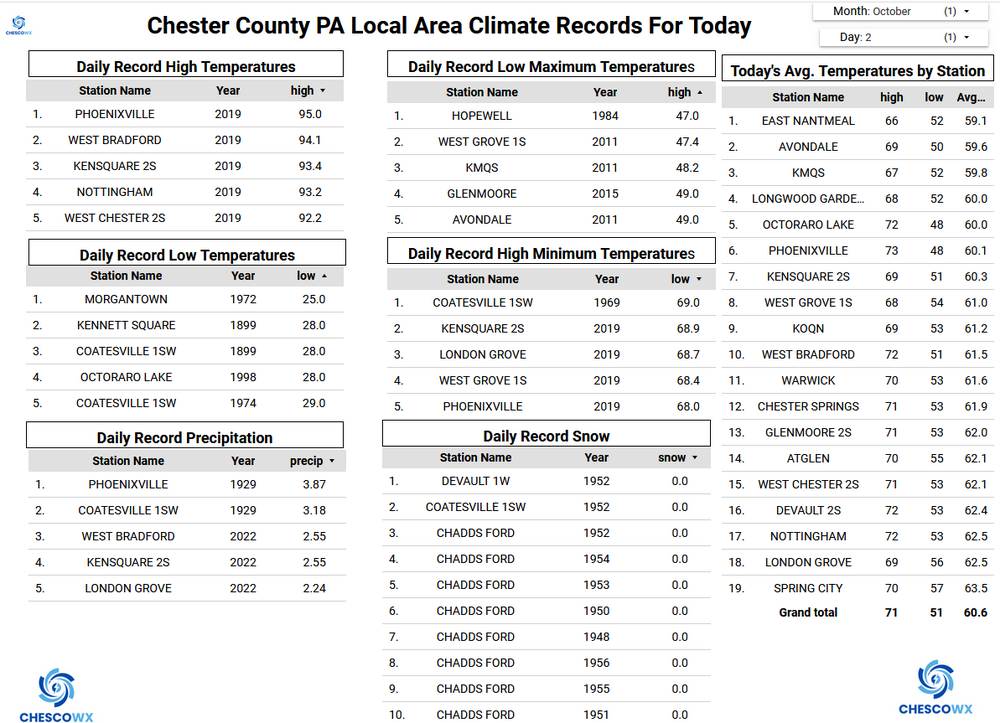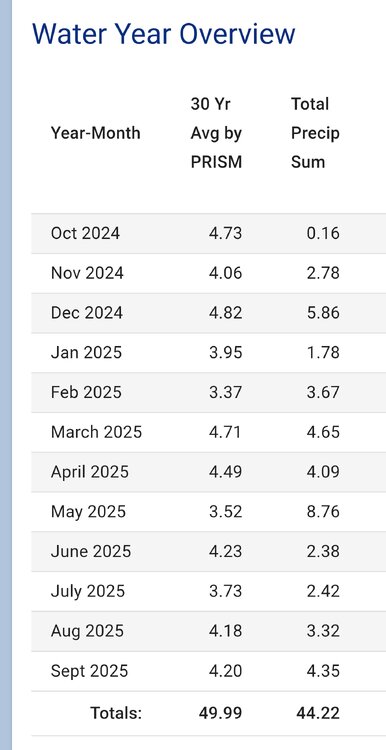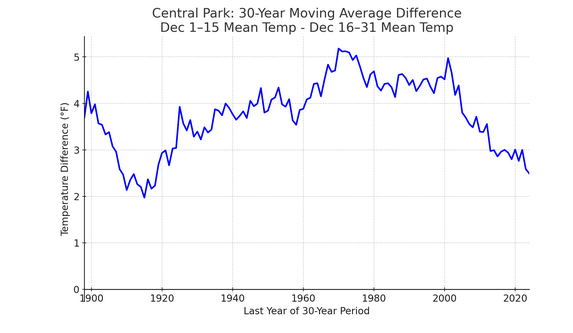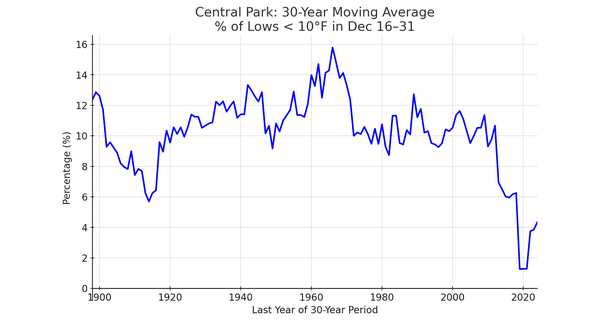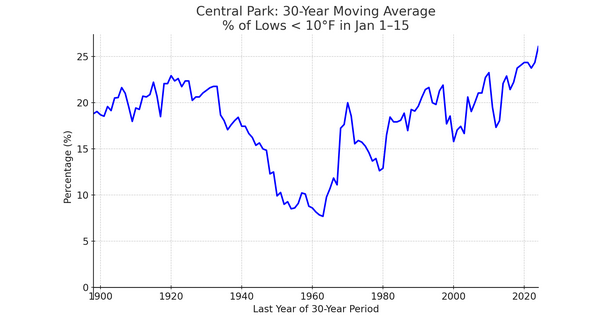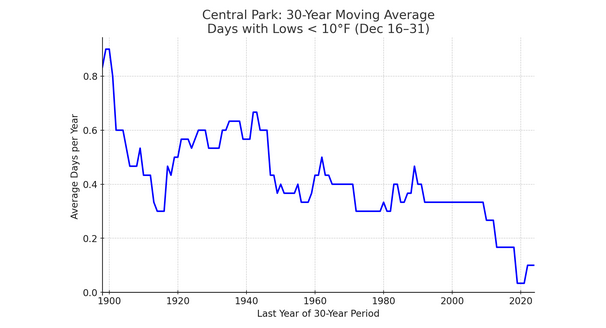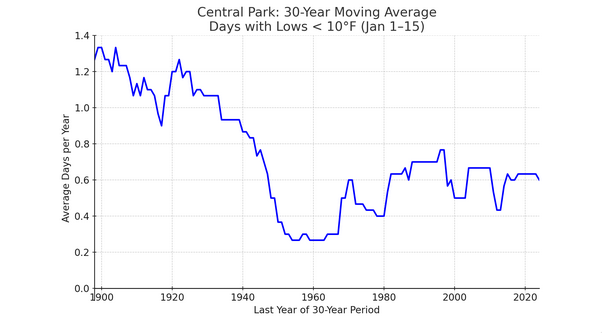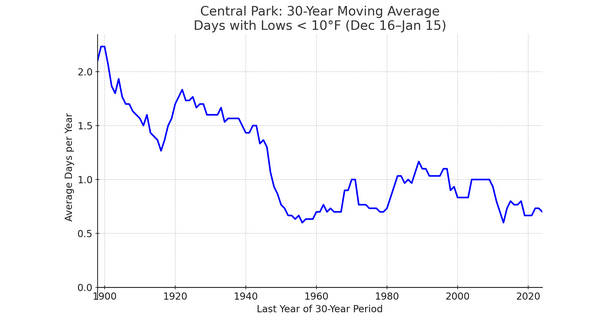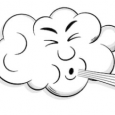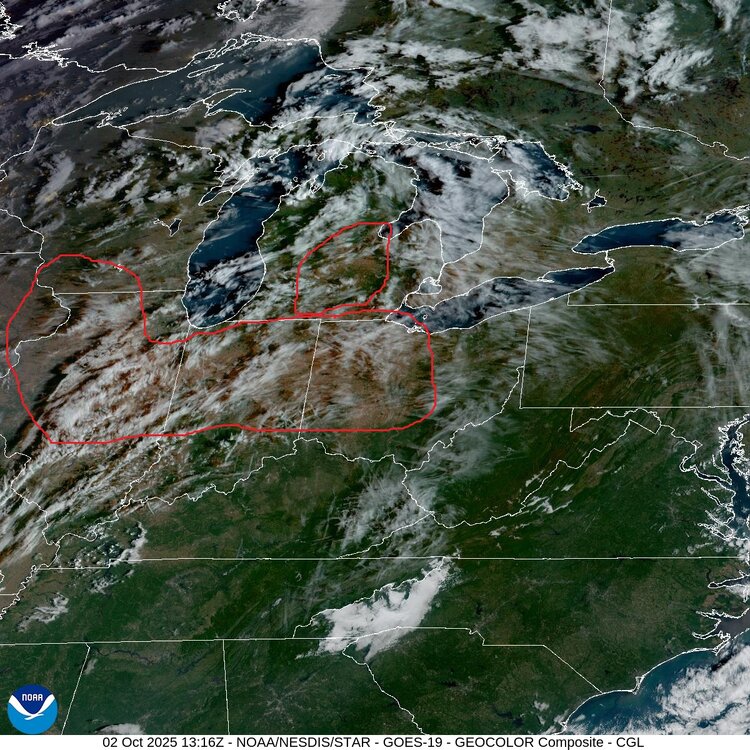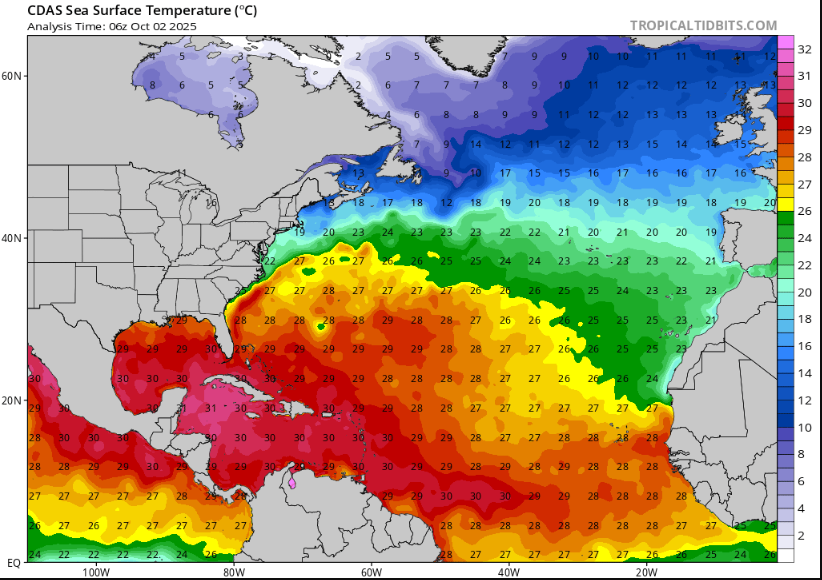All Activity
- Past hour
-
Spooky Season (October Disco Thread)
Typhoon Tip replied to Prismshine Productions's topic in New England
I play this game every year. I try for October 15; not sure what my success vs failure in winning that date is on average. I've had years where I could not make it ... like it was 48 in the place some dawn, with frost out there on the lawn, and yeah, the forecast was 64 for high but mmm. The house has a 'cold memory' when the sun's not exactly heating the house this late in the year. One year ..I think it was 2009, my in-laws had ripening tomatoes and new yellow flowers on Thanks Giving as we toured their huge garden in cargo shorts weather. I think I made it to early Dec that year ... It was 57 in here this morning. I could have given the place a puff of heat but it feels weird to do that when it's going to be 80 from Saturday to next Wednesday ... -
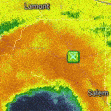
2025 Atlantic Hurricane Season
WxWatcher007 replied to BarryStantonGBP's topic in Tropical Headquarters
Took a minute to pull together, but here's my latest analysis. We're far from done. -
We've made it to October, and with Imelda in its final act and just under three weeks left in the peak season forecast, it's time to take a look at what comes next. Peak Season Forecast (Aug 20-Oct 20) Named Storms: 10 (4) Hurricanes: 6 (3) Major Hurricanes: 3 (2) Fernand, Gabrielle (MH), Humberto (MH), Imelda (H) First, there's still plenty of potential left in the basin. Although climo is quickly shifting westward, we still see robust AEWs moving into the basin, and one of those will actually be an area of interest discussed below. Yes, there is dry air/SAL in the tropical Atlantic, but look at the ITCZ and the convection we have there. This will go a long way toward ensuring the survival of the coming waves. A key part of what happens the rest of the period will center around intraseasonal forcing. Will the MJO remain in a favorable state for TC genesis and landfall risk? Will we get a CCKW that enhances the opportunity for waves to develop? The signals are mixed, but I think we will remain in a favorable period overall through the end of October. As I stated in my peak season forecast, I still think we rapidly end the season at the end of the month however. In terms of getting more NS and H, the basin continues to be primed for it, with SST anomalies still robust throughout the Atlantic. As we shift toward activity in the climo favored spots off the SE coast, Gulf, and Caribbean--especially the western Caribbean, there is plenty of fuel for low to moderate end activity. The picture becomes more complicated when looking at high end activity, however. To be sure, there is plenty of OHC, especially in the western part of the basin. But a deeper look shows that there are more localized regions where higher end activity is more likely. I don't think this changes much, but we definitely have to watch out for another potential MH if it gets into these zones of anomalously high OHC. Finally, we have been extremely lucky that nothing has formed in the Caribbean. Between anomalously high OHC and exceptionally low shear, we've been avoiding disaster--seriously. Now that climo is shifting into this region, we need to closely monitor 1) the development of a CAG by mid-October and 2) any tropical waves getting to the Caribbean. There is a strong signal for anomalously low wind shear to return--though this year has been incredibly conducive in the wind shear category. Alright, so what are we watching? I have three areas of interest. 1. Tropical Atlantic Wave The Tropical Atlantic has been more of a bust this season as expected, in large part due to the prevalence of dry and stable air along with SAL. This has been an issue throughout the decade. However, those conditions are more limited now, and an active wave train has moistened a good part of the MDR. There is a strong cross guidance signal that a wave emerges and finds hospitable conditions in the ITCZ. This should eventually lead to some level of development, as evidenced by the models. I am bullish on development. 2. SE Coast/Gulf This is the second lemon by the NHC, and it's no surprise given that there has been a signal for a few days now. In the wake of Imelda, we have a boundary that is left behind, and along it we have some vorticity trying to spin up. Now, whether that becomes a low is unclear, but we do know that climo starts to favor these kinds of things in October. The limiting factors are proximity to land, and time. Whatever develops should cross Florida and into the Gulf, but is unlikely to meander there with time to develop into anything serious. This probably has a decent chance of development, though not nearly as high as area #1. It's worth a casual eye. 3. Caribbean CAG This is the one to watch, even though there isn't a significant development signal, yet. Toward the middle of the month, guidance is starting to show the development of a Central American Gyre, which favors slow, but gradual tropical genesis. The CPC has picked up on it, and recent years have shattered the mold on what CAGs can become. Recently, they've become some of our most destructive storms. With wind shear expected to drop significantly and the thermal environment in the Caribbean, along with the increased tendency for troughing in the east around this time, our next significant threat may very well come from this region.
-
(002).thumb.png.6e3d9d46bca5fe41aab7a74871dd8af8.png)
Central PA Fall Discussions and Obs
ChescoWx replied to ChescoWx's topic in Upstate New York/Pennsylvania
Some of our colder valley locations saw lows this morning in the chilly 30's. The lowest was at Warwick Township at 37.4 degrees. The next couple of days will be seasonably cool with highs not too far from normal in the upper 60's but lows a bit below normal including some of those same spots tonight sinking into the 30's. We start a moderating trend starting Saturday that should last through the middle of next week before we turn much cooler again toward the end of next week. Our best rain chances look to be next Tuesday or Wednesday. -
(002).thumb.png.6e3d9d46bca5fe41aab7a74871dd8af8.png)
E PA/NJ/DE Autumn 2025 Obs/Discussion
ChescoWx replied to PhiEaglesfan712's topic in Philadelphia Region
Some of our colder valley locations saw lows this morning in the chilly 30's. The lowest was at Warwick Township at 37.4 degrees. The next couple of days will be seasonably cool with highs not too far from normal in the upper 60's but lows a bit below normal including some of those same spots tonight sinking into the 30's. We start a moderating trend starting Saturday that should last through the middle of next week before we turn much cooler again toward the end of next week. Our best rain chances look to be next Tuesday or Wednesday. -
Yeah, it was nice. But the 55+ warmup occurred right on schedule just before on the 17th and 18th. Then mid 60s warmth to close out the month. Sum 1396 953 - - 833 0 4.39 3.5 2024-12-17 61 46 53.5 15.9 11 0 0.02 0.0 0 2024-12-18 55 39 47.0 9.6 18 0 0.23 0.0 0 2024-12-19 47 36 41.5 4.4 23 0 0.04 0.0 0 2024-12-20 39 33 36.0 -0.9 29 0 0.05 0.3 0 2024-12-21 33 20 26.5 -10.1 38 0 0.08 2.2 2 2024-12-22 23 13 18.0 -18.4 47 0 0.00 0.0 1 2024-12-23 29 11 20.0 -16.2 45 0 0.00 0.0 1 2024-12-24 41 26 33.5 -2.4 31 0 0.07 1.0 T 2024-12-25 36 27 31.5 -4.2 33 0 0.00 0.0 T 2024-12-26 39 22 30.5 -5.0 34 0 0.00 0.0 0 2024-12-27 44 22 33.0 -2.3 32 0 0.00 0.0 0 2024-12-28 48 38 43.0 7.9 22 0 0.71 0.0 0 2024-12-29 65 46 55.5 20.6 9 0 0.19 0.0 0 2024-12-30 59 44 51.5 16.8 13 0 0.21 0.0 0 2024-12-31 54 38 46.0 11.5 19 0 0.71 0.0 0
-

Spooky Season (October Disco Thread)
Ginx snewx replied to Prismshine Productions's topic in New England
Love it. Keep it up for the next 3 weeks. Cool shots end of month. Pattern change begins the 15th complete by the 21st -

Spooky Season (October Disco Thread)
Ginx snewx replied to Prismshine Productions's topic in New England
-
Good for winter
-
Overnight low here of 45. Perfect. Windows open until just before daybreak. Walpack bottomed out at 31 with lots of l/m 40's over northern and central NJ. The coming warmup will truly suck after these nice crisp few days. At least some rainfall on the horizon in about a week.
-
Are the corn fields harvested? If not, looks like dried out corn that's ready to be. Regardless, it has been dry your way.
-
That’s why the average home price there is $15 million lol
-
That leads to cold air pooling. My old house was in a low spot in town and cooled very well. New spot on the hill not as great. Compared to my old spot in the lower area it’s about 2 degrees warmer on RC nights
-
I remember like 20+ years ago I drove through there one night in October and I hit 38 degrees on the car thermometer while back at home in NE Queens (not that urban compared to the rest of the city) it was still in the mid 50s. It's so rural and beautiful there.
- Today
-
Yeah my station in Muttontown is at a low elevation too at 154' compared to the surrounding area.
-
Did you guys up north of me notice a massive drop-off in ticks during the dry spell? There were armies of ticks everywhere during the 2 months of Florida soup and over the last 4-6 weeks it's almost like they disappeared. Haven't seen a single one on our dog in a month after being a tick magnet for the 2 previous. We treat him but the ticks still get all over him before dying. Not a single one in weeks seems really odd. Of course I hope every tick on the planet dies yesterday but this cycle seems weird
-
I just went back to the whole climate record. This isn't the first time that it's happened. I suspect that the current narrowing has a climate component in addition to a cyclical/internal variability component. My hypothesis about a climate component's being involved is based on the shrinking deep cold pool resulting in warming winters and a delay and a shortening duration of the coldest outbreaks, in general. The result is that the frequency of extreme cold is falling and the distribution of extreme cold is being pushed into the first half of January. Prior to 1990, about 12.1% of NYC's single-digit or colder lows occurred during December 16-31. Since 1990, that figure has fallen to 5.0%. On a 30-year rolling basis, the December 16-31 frequency of such cold is lower than during the earlier period where the temperature difference between December 1-15 and December 16-31 narrowed substantially. The frequency of such cold has declined markedly for the December 16-31 period. Hence, there appears to be a climate component involved this time around with the narrowing of the temperature difference between the first and second halves of December. Distribution of Lows < 10°: Frequency of Lows < 10°:
-
-
46.
-
We also had a white Christmas last year, first time in a while.
-

Spooky Season (October Disco Thread)
tamarack replied to Prismshine Productions's topic in New England
29 and frosty this morning, tied with 9/21 for season's coolest. Cat lying in front of the woodstove. -
September was the first month this year warmer than the same month last year, at Central Park. Of course that is not saying a lot as last year tied for the warmest year.
-
Occasional Thoughts on Climate Change
Typhoon Tip replied to donsutherland1's topic in Climate Change
https://phys.org/news/2025-09-antarctic-sea-ice-emerges-key.html -

Central PA Fall Discussions and Obs
canderson replied to ChescoWx's topic in Upstate New York/Pennsylvania
44 here. It was good open window sleep. -



